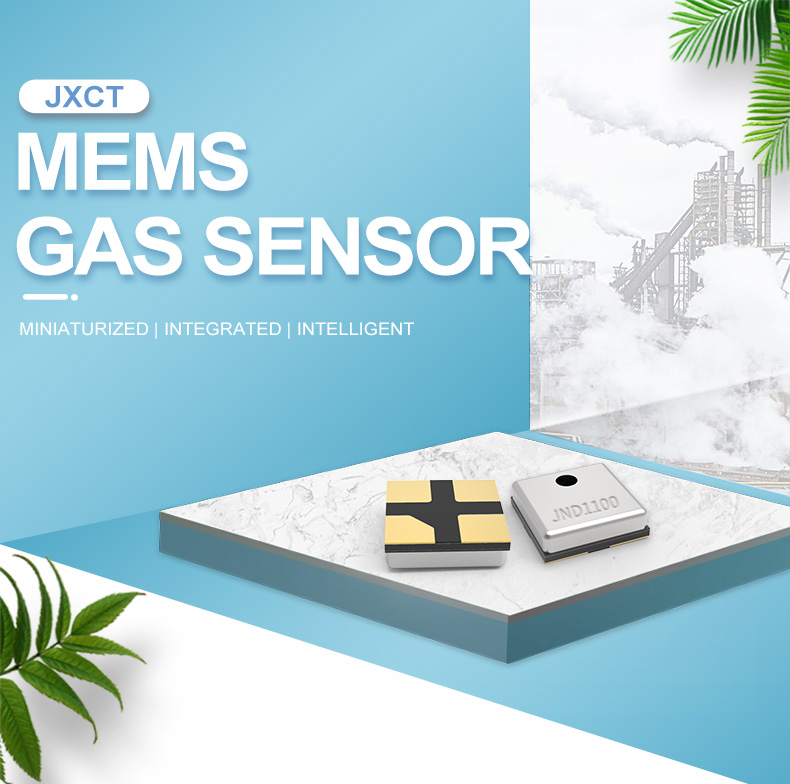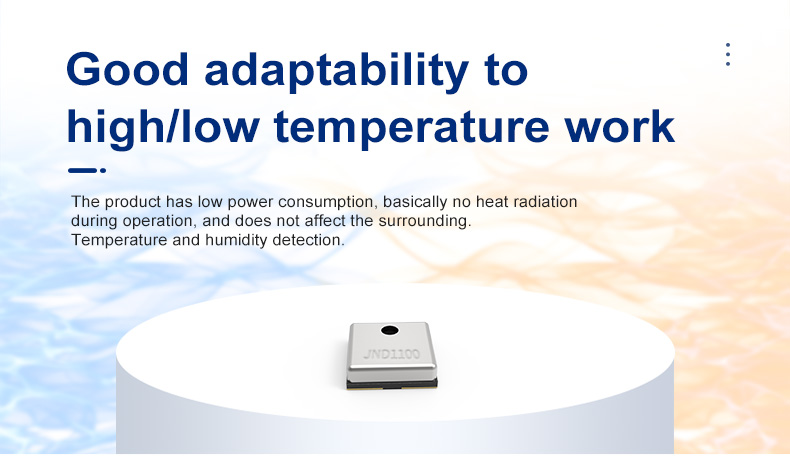MEMS gas sensor
MEMS gas sensor has excellent measurement principle such as high sensitivity and selectivity, low power consumption and small size. Therefore, it has become an increasingly important tool in industrial process control applications. We use it to monitor various gases and detect different types of hazards, such as flammable and toxic gas leaks.

This article aims to provide an overview of MEMS gas sensors‘ operation principles, especially the working mechanism based on metal oxide semiconductor, and their experimental methodologies. It also highlights their significance and potential in industrial process control applications in terms of efficiency improvements, safety enhancement, and reduction of energy consumption and environmental pollution.
Working Principle of MEMS Gas Sensors
The metal oxide semiconductor (MOS) gas sensor is based on the interaction between a gaseous molecule and a thin film or wire. A change in electrical conductivity occurs when certain gases come into contact with the surface of the material. When the target gas molecules interact with the metal oxide thin-film sensing layer, either through adsorption or chemical reaction, it modifies the surface charge distribution causing a measurable change in resistance.
Usually, the sensing material used in MOS-based gas sensors are usually tin oxide (SnO2), zinc oxide (ZnO), or titanium oxide (TiO2). The gas sensor can be prepared by coating or embedding the sensing material layer onto a suitable substrate such as silicon or glass by using typical MEMS fabrication techniques, including deposition processes like sputtering, evaporation, or chemical vapor deposition (CVD).
Experimental Methodologies for MEMS Gas Sensor Characterization.

Inserting the MEMS gas sensor device into test chambers with known concentrations of gases provides the common methods for testing the performances of gas sensors. However, selecting optimal parameters such as temperature, humidity, and response delay time for such tests becomes necessary because these parameters can affect the performance of MEMS gas sensors significantly.
Some commonly utilized characterization techniques for measuring MEMS gas sensors’ performance include Gas Chromatography (GC), Electrochemical Impedance Spectroscopy (EIS), and Dynamic Light Scattering (DLS). These methods are chosen based on the specific sensing materials that have been used in making these gas sensors.
MEMS Gas Sensors in Industrial Process Control
Industrial processes involve different gaseous emissions, which can be hazardous to the human body, the ecosystem, and products’ quality and quantity. Due to its abilities to detect, identify and monitor the concentration of gases, MEMS gas sensors found significant applications in process control systems, primarily in industrial automation control, where real-time monitoring and fast identification of gases are necessary.
For example, in the food industry, mems gas detectors installed in packaging equipment help control O2 and CO levels to extend food shelf life. Similarly, gas sensors installed in medical equipment can verify the purity of the air and minimize cross-contamination. In building automation systems, ventilation system operation and field detection of ambient air quality can benefit from micro-MEMS gas sensors.
In the oil and gas industry, MEMS gas sensors help monitor emissions such as toxic and highly flammable H2S gases. Detecting toxic chemicals from volatile liquids helps clean the environment while minimizing potential loss of life.
Conclusion:
Because of its small size, low power consumption and excellent sensing performance, MEMS gas sensors are particularly outstanding in the field of industrial process control. Due to its efficiency improvement and cost saving benefits, it is bound to play an increasingly important role. Selection of appropriate manufacturing techniques and characterization procedures as well as optimal operating parameters. Their goal is to provide advanced gas sensors with precise sensing signals, high durability and reliability in demanding industrial environments.